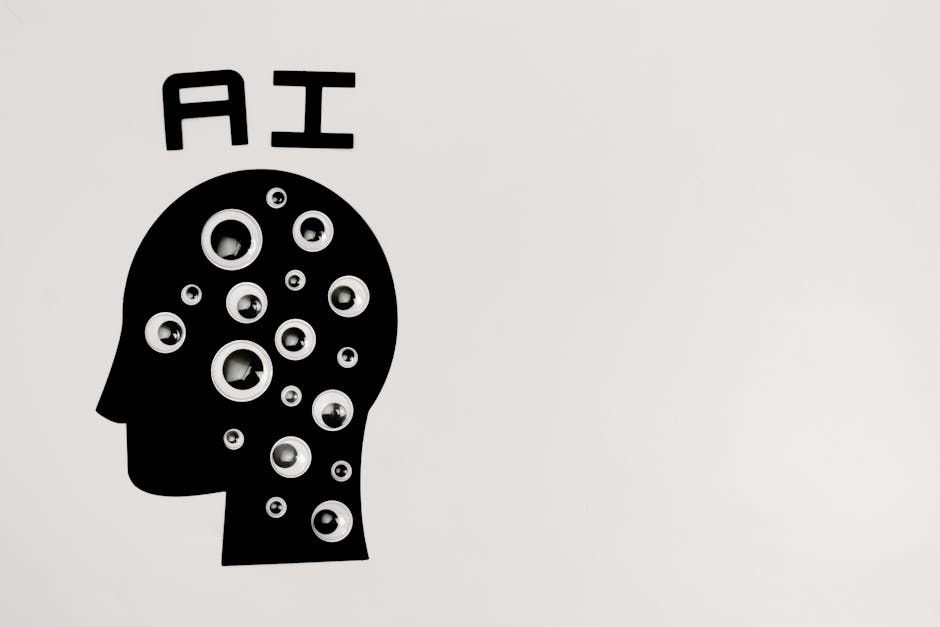Can AI Predict Future Research Trends? Exploring the Possibilities
Artificial intelligence (AI) has rapidly moved from theoretical research to practical applications in fields as diverse as healthcare, finance, and scientific discovery. One of the most intriguing uses of AI is its potential to predict future research trends by analyzing vast amounts of academic literature, datasets, and citation patterns. This capability could transform how researchers, institutions, and policymakers allocate resources and set priorities, potentially accelerating innovation and discovery.
Recent advancements in machine learning and natural language processing have enabled AI systems to process millions of research papers, identify emerging topics, and even forecast which areas are likely to gain traction. Accurate and reliable predictions require high-quality data, advanced algorithms, and an ability to adapt to ongoing shifts in scientific research. Grasping what AI can and cannot do is critical for those involved in advancing research and driving innovation.
How AI Analyzes Research Data

AI systems designed to predict research trends rely on sophisticated algorithms that can process and interpret enormous volumes of academic content. These systems rely on natural language processing to identify main topics, map relationships, and analyze sentiment within scientific papers, conference materials, and patents. AI tracks changes in keyword usage over time to reveal trends in scientific research priorities.
One widely used approach is citation network analysis, where AI tracks how often specific papers or authors are cited, revealing influential works and emerging fields. For example, the Allen Institute for AI’s Semantic Scholar platform uses deep learning models to identify trending topics and influential publications in real time (allenai.org). This kind of analysis helps researchers spot new areas of interest before they become mainstream.
- Text mining uncovers patterns in language and terminology across thousands of documents.
- Trend detection algorithms monitor the frequency and context of keywords to identify surges in research activity.
- Network analysis maps collaborations and citations to pinpoint influential researchers and institutions.
Applications in Academia and Industry
AI-driven trend prediction is already making an impact in both academic and commercial settings. Universities and research organizations use these insights to inform funding decisions, curriculum development, and strategic planning. The European Research Council is using AI tools to identify emerging research trends and improve how grants are distributed.erc.europa.eu).
In the private sector, pharmaceutical companies employ AI to scan biomedical literature for early signals of promising drug targets or therapeutic approaches. This proactive strategy can shorten development timelines and reduce costs. As someone who has worked with research teams in both academia and industry, I’ve seen firsthand how AI-generated insights can guide project selection and foster interdisciplinary collaboration.
- Academic libraries use AI to recommend relevant literature and highlight new areas for exploration.
- Corporate R&D teams leverage AI to monitor competitor activity and identify white spaces in innovation.
- Government agencies apply AI to forecast national research needs and inform science policy.
Strengths and Limitations of AI Predictions
AI’s ability to process and synthesize information at scale gives it a clear advantage over manual methods. It can quickly identify patterns that might take human analysts months or years to uncover. However, there are important caveats to consider. AI predictions are only as good as the data they are trained on. Biases in publication practices, language barriers, and access restrictions can skew results.
Moreover, AI models may struggle to account for disruptive events or paradigm shifts that don’t follow historical trends. The COVID-19 pandemic prompted an unexpected spike in virology and public health research, an outcome few predictive models could have anticipated. According to a study published in nature.com, even the most advanced AI systems require regular updates and human oversight to maintain accuracy and relevance.
- AI excels at identifying incremental trends but may miss radical innovations.
- Language and cultural differences in research can limit AI’s global perspective.
- Human expertise remains essential for interpreting and validating AI-generated forecasts.
Ethical Considerations and Transparency
As AI becomes more involved in shaping research agendas, ethical questions arise. Who decides which trends are worth pursuing? How transparent are the algorithms and data sources used? Ensuring fairness and accountability in AI-driven predictions is crucial, especially when these insights influence funding and policy decisions.
Transparency initiatives, such as open-source algorithms and publicly available datasets, are gaining traction. The Partnership on AI and similar organizations advocate for responsible AI development and the inclusion of diverse perspectives in model design (partnershiponai.org). Including domain experts in designing and evaluating AI tools improves trust and makes the results more reliable and useful.
AI is increasingly driving more accurate forecasting of research trends.
AI is increasingly shaping how research forecasts are developed and refined. As algorithms become more sophisticated and datasets more comprehensive, the accuracy of predictions is expected to improve. Collaborative efforts between AI developers, researchers, and policymakers will be essential to maximize the benefits while minimizing risks. The main challenge lies in integrating automation without sidelining human judgment, ensuring AI enhances rather than replaces expert decision-making.
AI’s role in predicting future research trends is expanding, offering new ways to analyze vast scientific landscapes and inform strategic decisions. While these technologies bring significant advantages in speed and scale, their effectiveness depends on data quality, algorithmic transparency, and human oversight. Pairing AI with human expertise is essential to fully realize the impact of predictive analytics in research.